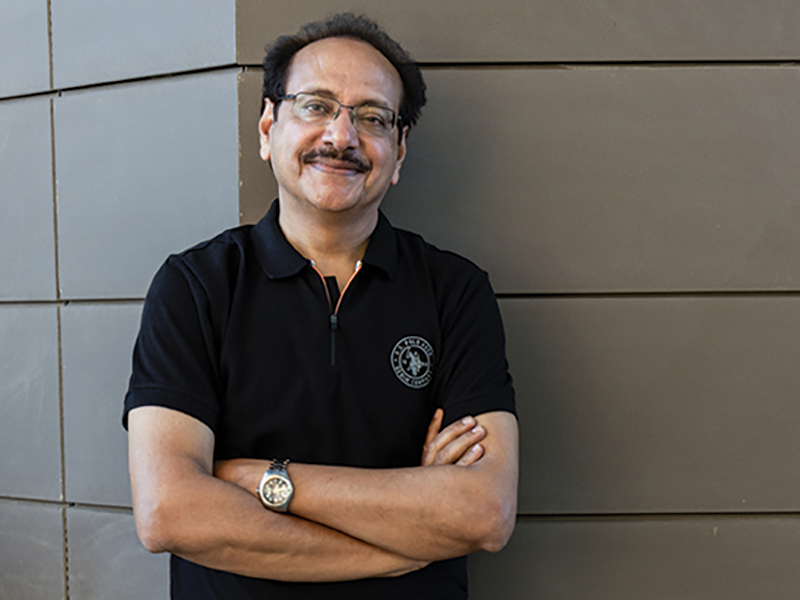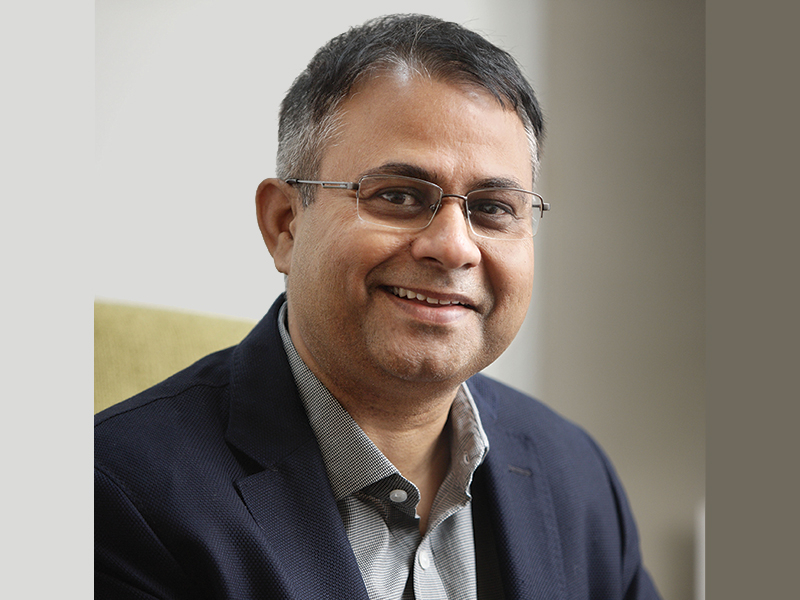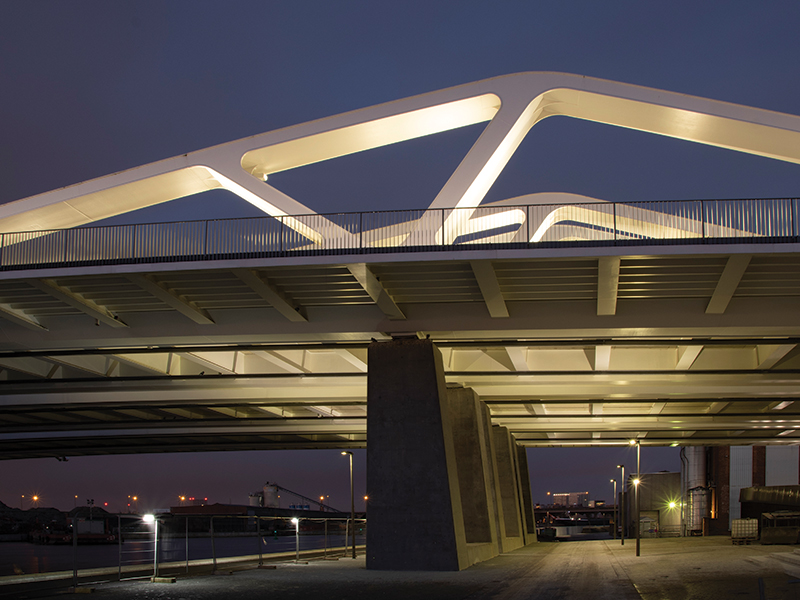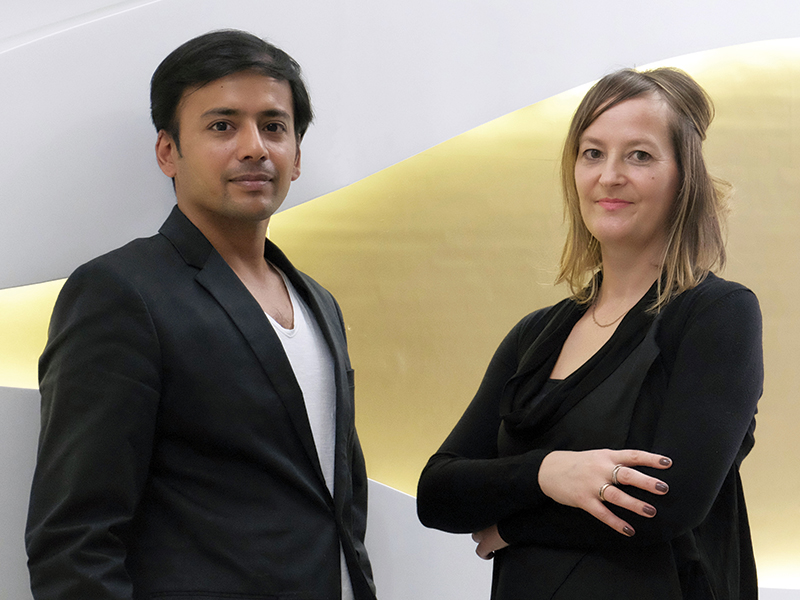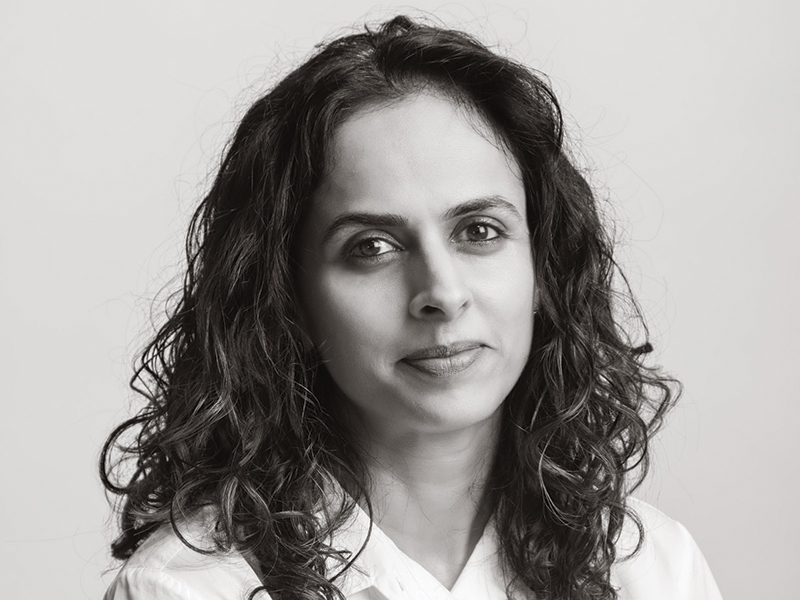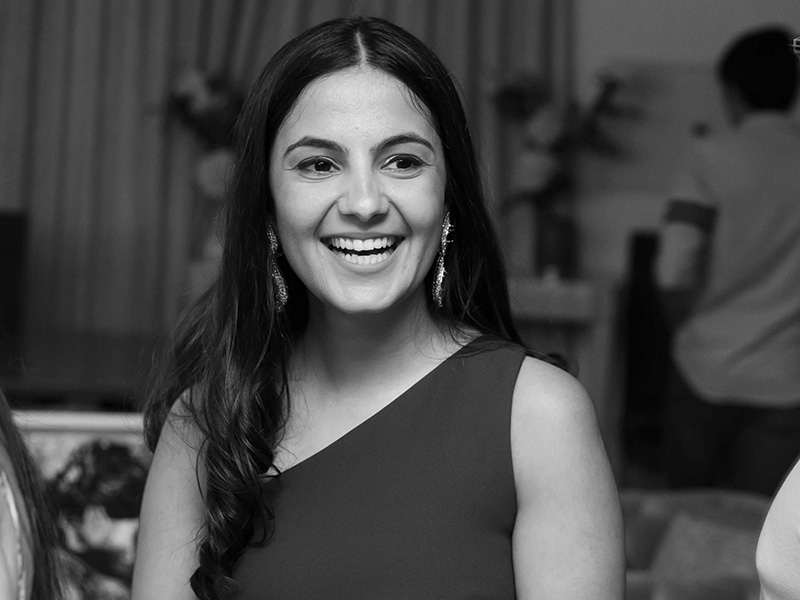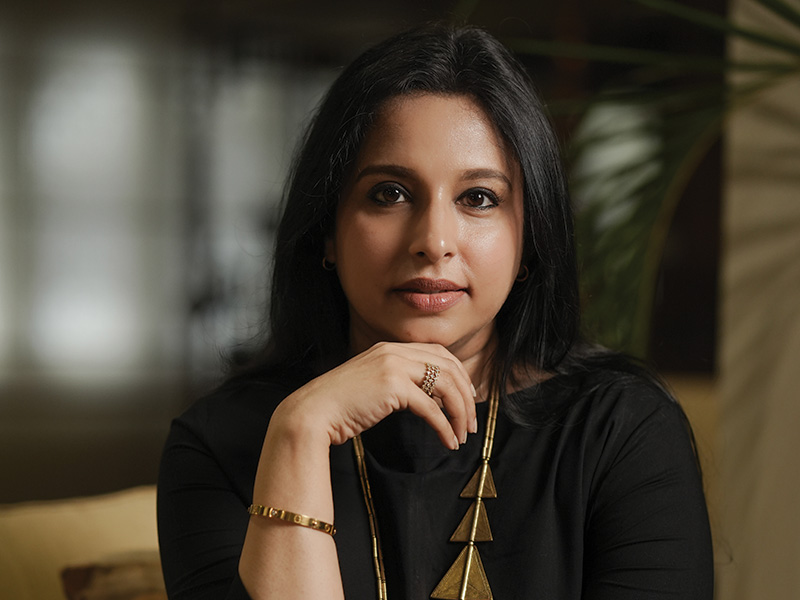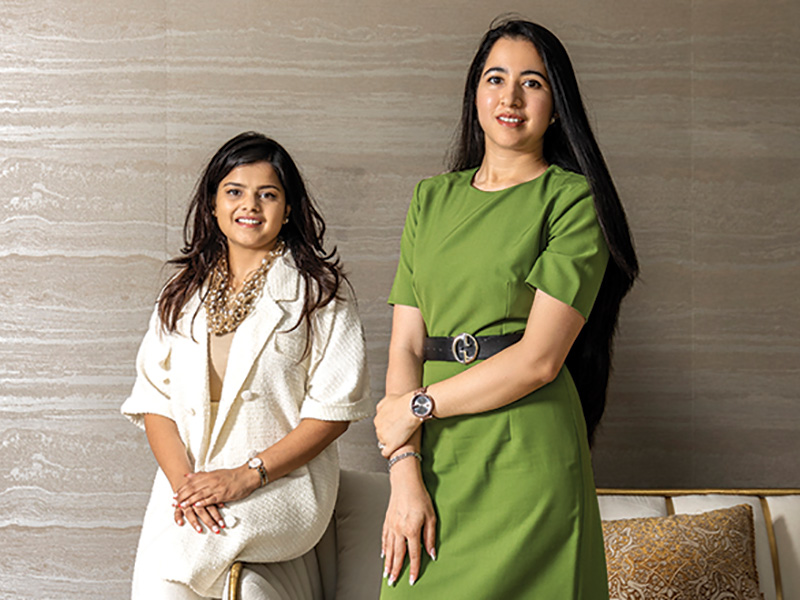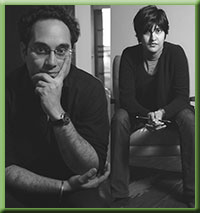
"In architecture, it's the small things that make the big difference." - Ar. Rahoul
"Architecture is not a profession, it's an all consuming passion, a way of life. - Ar. Lakshmi
The team at RLDA, led by Rahoul Singh and Lakshmi Chand Singh, likes to spend its time representing the things that they imagine, so that they can be built as envisioned. As part of this process they draw, make models, specify , quantify, sample, value engineer, collaborate, question, and ultimately build. They build teams with other design professionals and with artisans and contractors. They build not only objects but also spaces.
In the past they have worked on projects as small as bathroom renovations and on projects as large as resorts, real estate developments, buildings and offices. They design by challenging, by asking the right questions. They are guided by sensitivity to the culture and the climate of a place. This sensitivity is reflected in the friendly end-product: friendly to the people who use it, to the culture within which it is built, towards the materials and processes of its construction.
When talking to them it is very apparent that they build today for a better tomorrow - the quality of the environment they create positively impacts the quality of the lives of those who reside in it. It defines the relationship between people and objects, between the materials and the methods of their construction with the phenomena of experience. They understand both the generative and destructive power of the environment and that culture is the context for their projects and a catalyst for their imaginations.
The result is that the projects articulate through their form and image, material and detail, that which is unique and specific to their function and location. Working predominantly in an idiom that situates itself within current cultural production, projects by RLDA are aligned with that mode of design inquiry that explores the materiality of "things" and how they are perceived sense perceptively.
Rahoul and Lakshmi, come across as complementary forces forming a dynamic pair in which the whole is greater than the parts. Tangible dualities such as the sobriety and gravitas of Rahoul are perfectly balanced by the ebullience and savoir faire of Lakshmi. The commonality is that both do not just build, they also think about what they are building. Their architecture does not suppress the desires of its occupants- on the contrary it expresses the individualism of the inhabitants, their situations and contexts.
For Rahoul, in architecture, as in all things beautiful, it's the small things that make the big difference. At the Rhode Island School of Design, USA, where he got his degrees in architecture and the fine arts, he was exposed to the versatility and originality of art and design projects and to over 80,000 works of art in the schools museum. This helped pave the way for his growth in the way he would develop ideas and implement them.
He came back to New Delhi and set up his design studio in 1998. Prestigious projects in India and the Middle East established his credentials as an architect and designer and helped build his oeuvre. His ability to work with materials that were available ,and would seamlessly merge with the climate and terrain, marked him out as an architect who designed for the present with an awareness of the repercussions on the future. This in turn paved the way for his entry into the Delhi Urban Arts Council (DUAC) where he now a Senior Consultant.
He is also a visiting faculty in the Department of Architecture at the School of Planning and Architecture in New Delhi and a regular contributor to journals in architecture. He has authored the book, "Gardens of Delight" and co - curated the first ever architectural exhibition at the National Gallery of Modern Art, New Delhi.
For Lakshmi architecture is not a profession, it's an all consuming passion, a way of life . She trained as an architect at the Sushant School of Architecture in New Delhi and then spent a number of years practicing with design intensive multi disciplinary studios in the city before re locating to Singapore. Here she worked on projects that varied in scale from small residences to larger developmental work. Her learning curve registered a sharp upward swing as she was responsible for ensuring that projects and their constructional processes were of the highest international standards.
On returning to New Delhi, she started working with Rahoul and is now a partner in the studio RLDA. Lakshmi has also played an instrumental role in establishing Design x Design, a multi disciplinary platform, that promotes cross pollination of ideas among members of various design fields.
The RLDA studio is in a tree lined boulevard of an upscale south Delhi colony and mirrors the ethos of the firm. The leitmotif here is youth- adding to the feel of freshness and energy. The team is small and synergises versatility, imagination and diverse thought for a perfect symmetry of the yin and yan. As part of the process of representing RLDA's vision and imagination the team, a small, agile and diverse group of people, pores over sheets of paper to draw and engineer models of buildings which showcase the belief of the firm and give language to mundane things like walls, ceilings and shafts.
The means and methods of representation inform a process of inquiry. Critical reflection and a constant review process ensure that the designs reach a level of maturity prior to entering a fabrication / constructional process. The designs draw on the wisdom and richness of local craft and tradition while simultaneously being aligned with trans-cultural continuity and digital fabrication techniques.
The diverse and committed team ensures that each project is the result of a multidisciplinary approach. Critically examining and questioning the variables that have a direct impact on the quality of the designs and the environments they shape, has become a hallmark of the practice.
The relevance of RLDA lies in the fact that it represents the zeitgeist of the twenty first century by critically examining and questioning the variables that have a direct impact on the quality of the designs and the environments they shape. To paraphrase Rand's Roark: the firm doesn't build because it has clients. It has clients because of what it builds.

